Yoga and Pilates are two popular forms of exercise that emphasise flexibility, strength, and mindfulness. While they share some similarities, they are distinct practices with different origins, techniques, and benefits. If you’re trying to decide which is right for you, understanding the differences can help you make an informed choice. This blog will explore the key differences between Yoga and Pilates to help you determine which one aligns with your fitness goals.
-
Origins and Philosophy
Yoga:
- Origin: Yoga is an ancient practice that originated in India over 5,000 years ago. It is deeply rooted in spirituality and has evolved into various styles, such as Hatha, Vinyasa, and Ashtanga.
- Philosophy: Yoga is a holistic practice that aims to unite the mind, body, and spirit. It encompasses physical postures (asanas), breathing exercises (pranayama), meditation, and ethical guidelines (yamas and niyamas). The ultimate goal of yoga is self-awareness and inner peace.
Pilates:
- Origin: Pilates was developed by Joseph Pilates in the early 20th century as a form of rehabilitation and physical fitness. Originally called "Contrology," Pilates was designed to strengthen the body through controlled movements and enhance overall physical health.
- Philosophy: Pilates focuses on strengthening the core muscles (the powerhouse), improving posture, and enhancing body awareness. It is a low-impact exercise system that emphasises precision, control, and alignment.
-
Focus and Techniques
Yoga:
- Focus: Yoga focuses on flexibility, balance, and mental clarity. It integrates breathing techniques and meditation into physical postures to promote relaxation and stress reduction.
- Techniques: Yoga involves a series of poses that can be held for varying lengths of time. The practice encourages deep breathing, mindfulness, and a flow of movements that can be slow and meditative (e.g., Yin Yoga) or dynamic and challenging (e.g., Vinyasa Yoga).
Pilates:
- Focus: Pilates is centred around strengthening the core (including the abdomen, lower back, hips, and pelvis), improving posture, and enhancing muscle tone. It also promotes overall body strength, flexibility, and coordination.
- Techniques: Pilates exercises are performed on a mat or with specialised equipment like the Reformer. The movements are precise, controlled, and often repeated in sets. Breathing is also important in Pilates, with an emphasis on coordinating breath with movement.
-
Physical Benefits
Yoga:
- Flexibility: Yoga is well-known for improving flexibility through stretching and lengthening the muscles.
- Balance: Many yoga poses require balancing, which can enhance coordination and stability.
- Stress Relief: The meditative aspects of yoga, combined with controlled breathing, make it effective for reducing stress and promoting mental well-being.
- Strength: Certain styles of yoga, like Power Yoga or Ashtanga, can build significant muscle strength.
Pilates:
- Core Strength: Pilates is particularly effective for strengthening the core muscles, which can improve posture and alleviate back pain.
- Muscle Tone: Pilates exercises are designed to tone and condition muscles without adding bulk, leading to a leaner physique.
- Flexibility and Mobility: While Pilates does improve flexibility, it is more focused on increasing the range of motion and joint mobility.
- Posture: Pilates emphasises alignment and posture, which can lead to better body mechanics and reduced injury risk.
-
Mind-Body Connection
Yoga:
- Yoga places a strong emphasis on the mind-body connection, using breath control, meditation, and mindfulness to create a sense of inner peace and self-awareness. The spiritual aspect of yoga is integral to the practice, with many practitioners using yoga as a way to achieve mental clarity and emotional balance.
Pilates:
- While Pilates also promotes a mind-body connection, it is more focused on physical control and precision. Pilates practitioners aim to connect the mind with muscle movements to perform exercises with greater awareness and efficiency. The mental focus in Pilates is often on achieving correct form and alignment.
-
Accessibility and Modifications
Yoga:
- Accessibility: Yoga is highly adaptable and can be modified for all fitness levels, from beginners to advanced practitioners. There are many different styles of yoga, some more physically demanding and others more gentle, making it accessible to a wide range of people.
- Modifications: Props like blocks, straps, and bolsters can be used in yoga to modify poses and make them more accessible for beginners or those with physical limitations.
Pilates:
- Accessibility: Pilates can also be modified to suit different fitness levels, with exercises ranging from beginner to advanced. It is particularly beneficial for those recovering from injuries or looking for a low-impact workout.
- Modifications: Pilates equipment like the Reformer offers support and resistance, allowing practitioners to adjust the intensity of their workout. Mat Pilates can be modified with props like balls and resistance bands.
Which Should You Choose?
Choose Yoga If:
- You’re looking for a practice that combines physical exercise with mental and spiritual well-being.
- You want to improve flexibility, balance, and stress management.
- You enjoy practices that involve a flow of movement or hold poses for extended periods.
Choose Pilates If:
- Your primary goal is to strengthen your core, improve posture, and tone your muscles.
- You prefer structured, controlled movements with a focus on precision and alignment.
- You’re interested in a low-impact exercise that can be adapted for rehabilitation or injury prevention.
Both yoga and Pilates offer unique benefits that can contribute to your overall health and fitness. Whether you’re drawn to the meditative, spiritual aspects of yoga or the core-strengthening, precise movements of Pilates, both practices can complement each other and enhance your physical and mental well-being. Ultimately, the best choice is the one that aligns with your personal fitness goals, interests, and lifestyle. Consider trying both to see which one resonates with you the most!
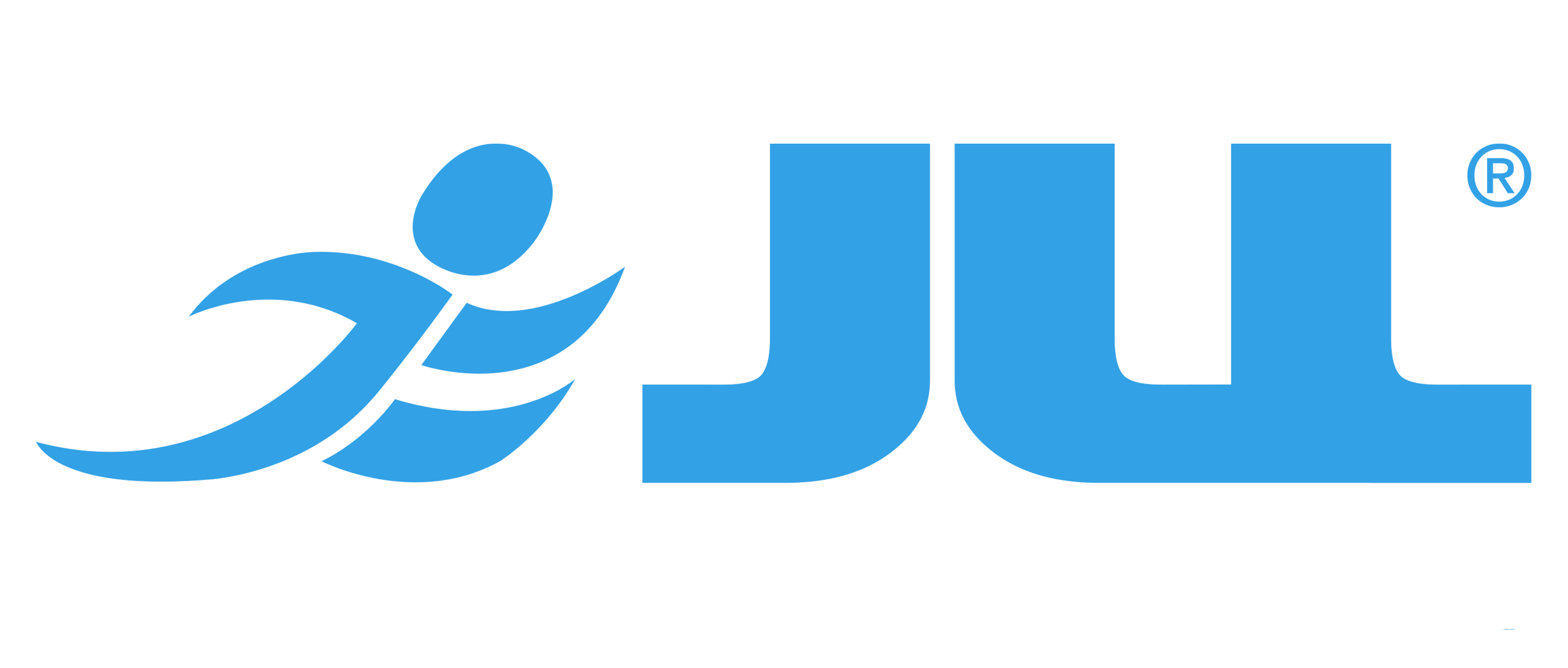
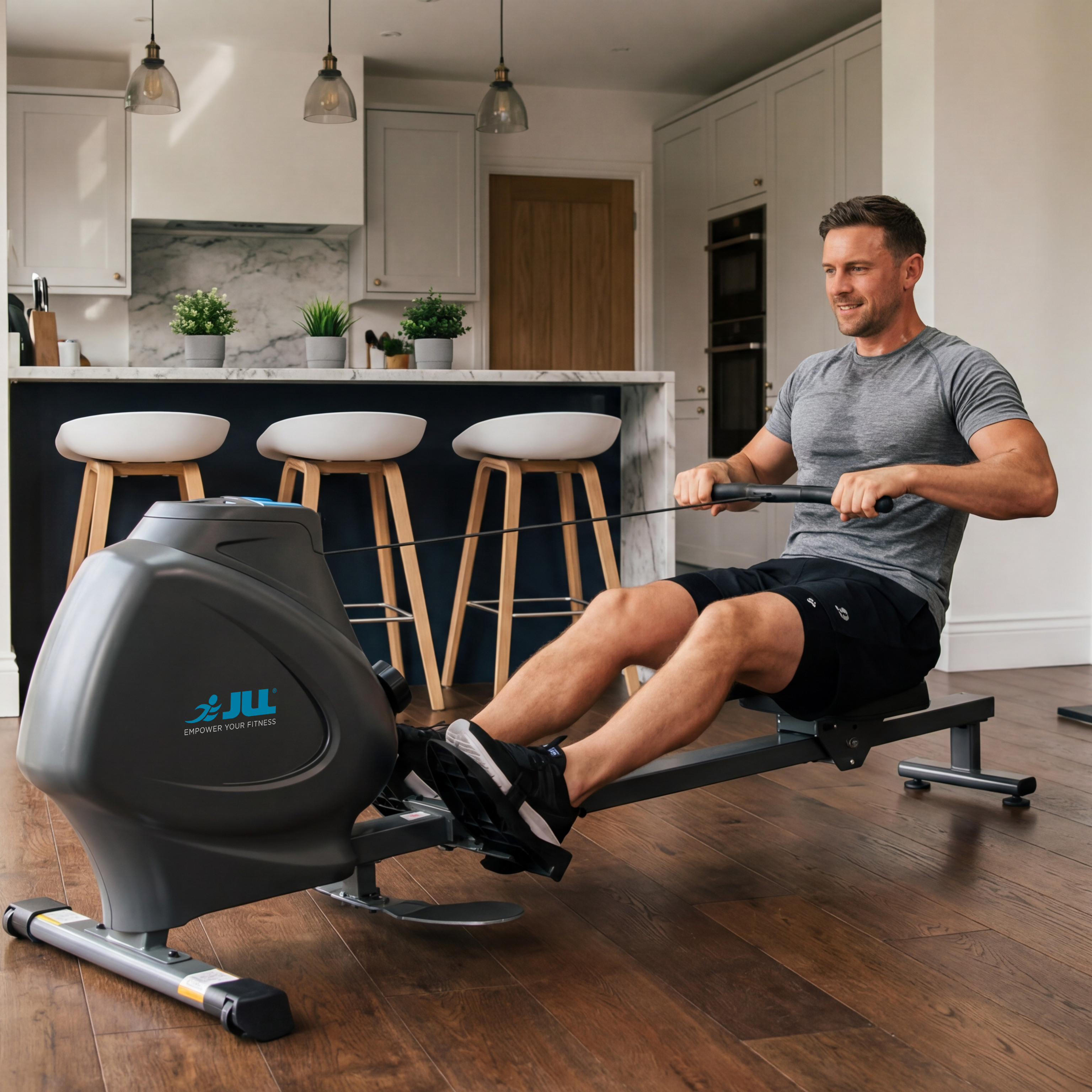
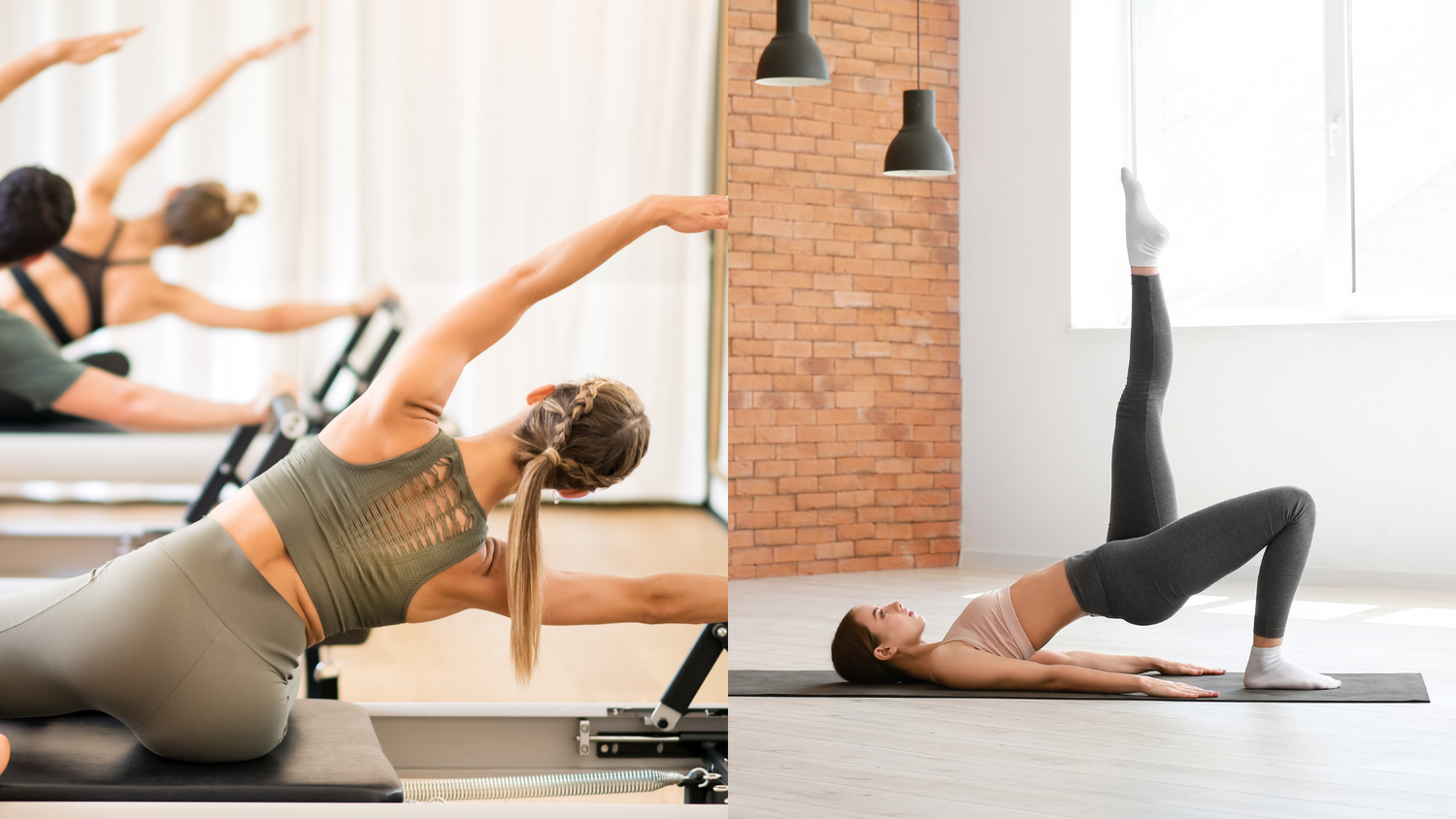
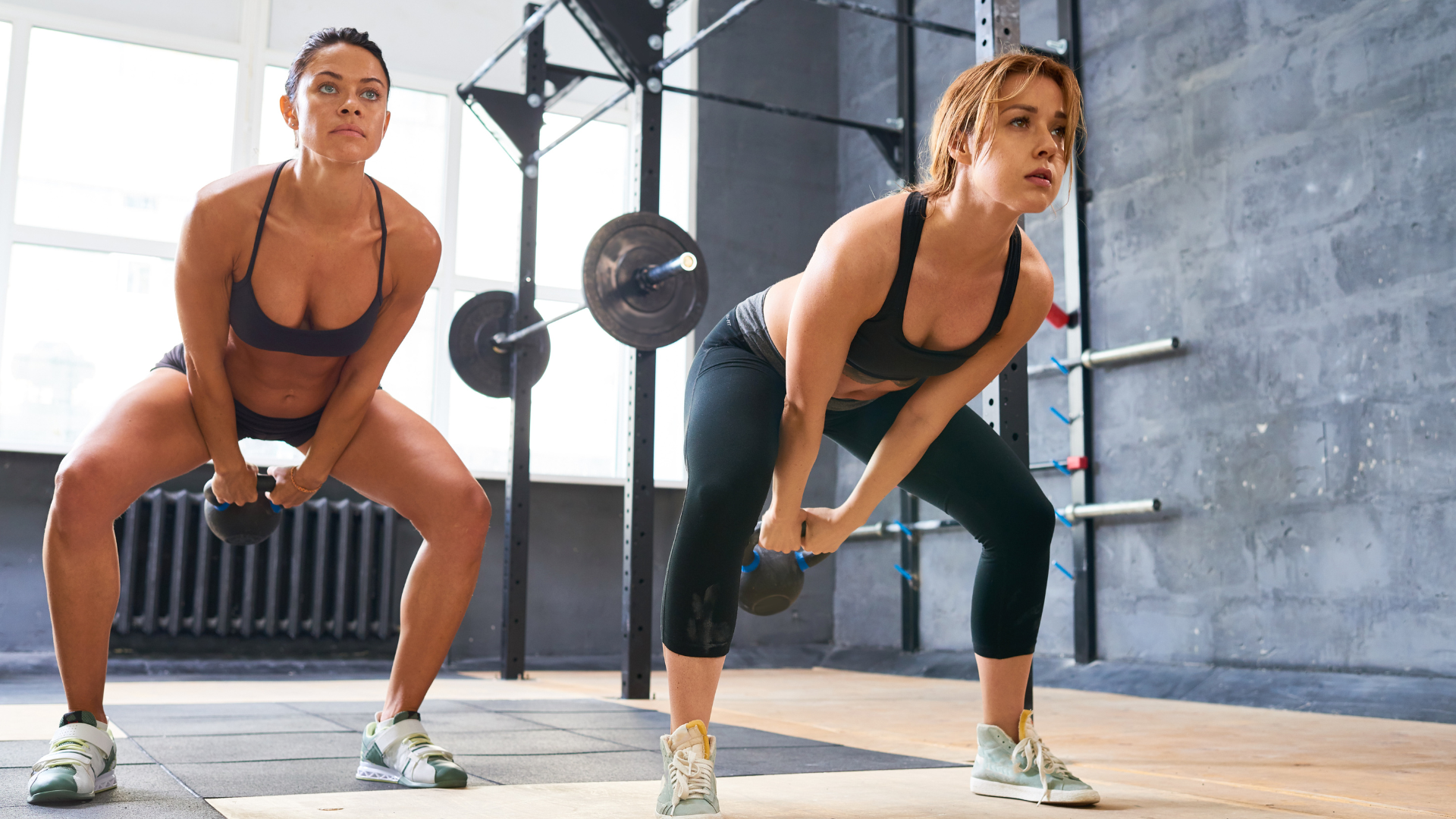
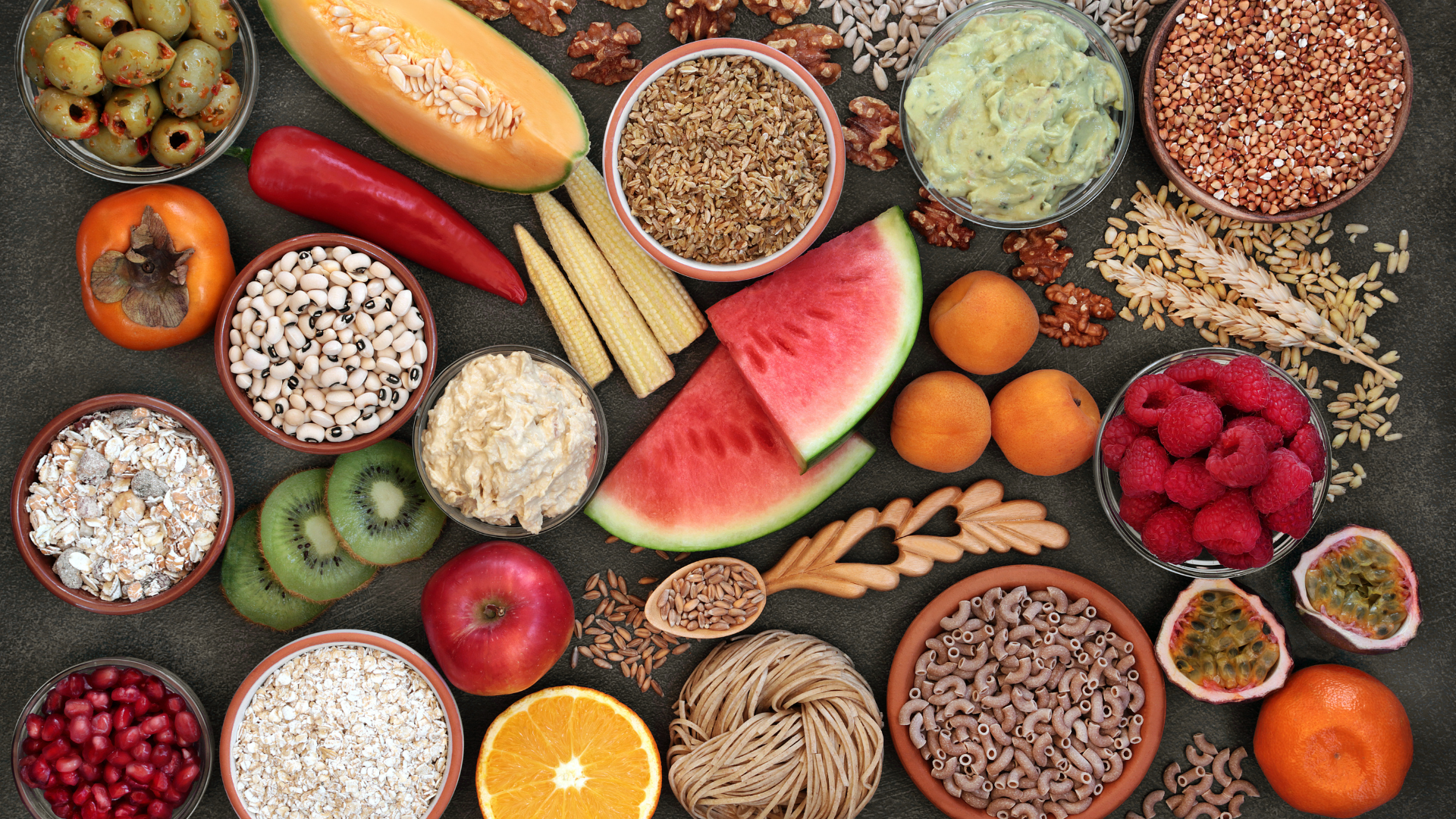


Leave a comment
All comments are moderated before being published.
This site is protected by hCaptcha and the hCaptcha Privacy Policy and Terms of Service apply.